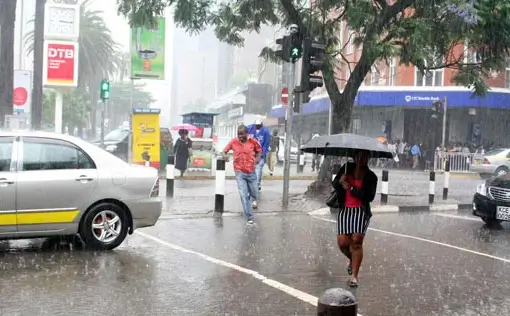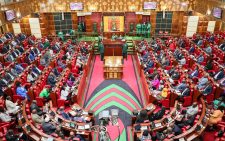The rains have been pounding hard. Nearly every part of Nairobi has at one point in the past one month been submerged under the torrents and about 28 of the 47 counties have been affected by flooding, resulting in deaths, displacement of people and destruction of property.
Though the rains were a welcome relief for many – portending bumper food harvests, guaranteeing affordable food and eventually easing inflation – they have repeatedly revealed a great weakness of our government. We are vulnerable to harsh weather patterns thanks to climate change.
One thing is for sure: Kenya will continue to see flooding and drought seasons and experts forecast these extremes will increase in frequency and become harsher. How then do we ensure Kenyans are not vulnerable to extreme weather?
For now, all the water from the rainfall is going to waste as runoff. And in a few months, when the rains have subsided, water shortages and droughts will be the order of the day. Harnessing rainwater is one aspect the ministry concerned should be thinking about and seek to find sustainable ways to save the waters for later.
Effective rainwater harvesting and storage systems are a sure way of mitigating the effects of climate change. Such systems help reduce climate change vulnerabilities. How? One, harvested rain water can be an alternative clean water source during droughts, and two, it can provide adaptation actions to reduce flooding in areas prone to such calamities.
Technocrats need to innovate. It takes simple actions such as requiring that all public schools and other learning institutions set up rainwater-harvesting systems. The government should also demand that developers design residential and commercial buildings with rainwater-harvesting systems. We already know areas in metro Nairobi that are prone to flooding. Sitting around and hoping the high, reinforced perimeter walls we construct will protect us from the next season of flooding is playing fools. How do we create a system where all floodwater is directed to various strategic spots for storage?
We welcome the government’s long-term plans to build large-capacity dams, as they promise bigger storage capacity and provide solutions to drought and floods. Some 100 dams are planned. These will not only help curb droughts, but also alleviate food insecurity through irrigation.



















